Royal Secrets: How Spiral Locked Letters Protected Queen & Country
Mary Queen of Scots sent her final letter on the eve of her execution for treason, securing it with one of the most spectacular examples of spiral ‘letterlocking’ researchers have so far uncovered.
X-rays and new research techniques have not only revealed her stately secrets but expose the murky history of communications security.
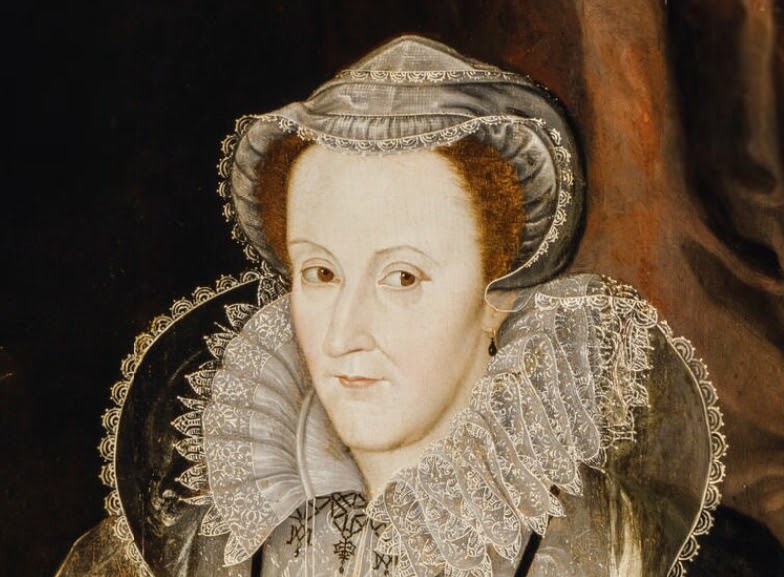
8 February 1587
“I have asked for my papers, which they have taken away, in order that I might make my will, but I have been unable to recover anything of use to me…”
"The brand new social experience where you activate your gaming skills as you train like a spy."
- TimeOut
Take on thrilling, high-energy espionage challenges across different game zones.

Mary urgently wanted her final letter to the French king - partly her last will and testament, and partly a bid for martyrdom - to be delivered without being read by palace spies
To accomplish that, the Scottish Queen used a spiral letterlock that was so intricate it would have required more than 30 steps to complete, a mix of folding, slits, and adhesive: “One wrong move and your locking mechanism could break and you would have to start the letter again,” researchers revealed in the Electronic British Library Journal.
So what, exactly is letterlocking?

The disappearing art of letterlocking
To safeguard royal correspondence, writers would fold their letters, cut a dangling strip, and use that as a thread to sew stitches to ‘lock’ the letter. They’d then turn the writing paper into its own envelope. Palace spies would need to snip the lock open to breach the secured letters, revealing their devious actions to the recipient.
The royal security techniques have been uncovered by Unlocking History, a team of 11 researchers based at the Massachusetts Institute of Technology who are investigating a cache of more than 500 unopened letters discovered in The Hague. The researchers use X-ray microtomograph to virtually ‘unfold’ letters and read them without breaking the seals.
“It’s fascinating. They took great pains to build up their security,” said Jana Dambrogio, lead author of a study that details Renaissance-era use of the technique.
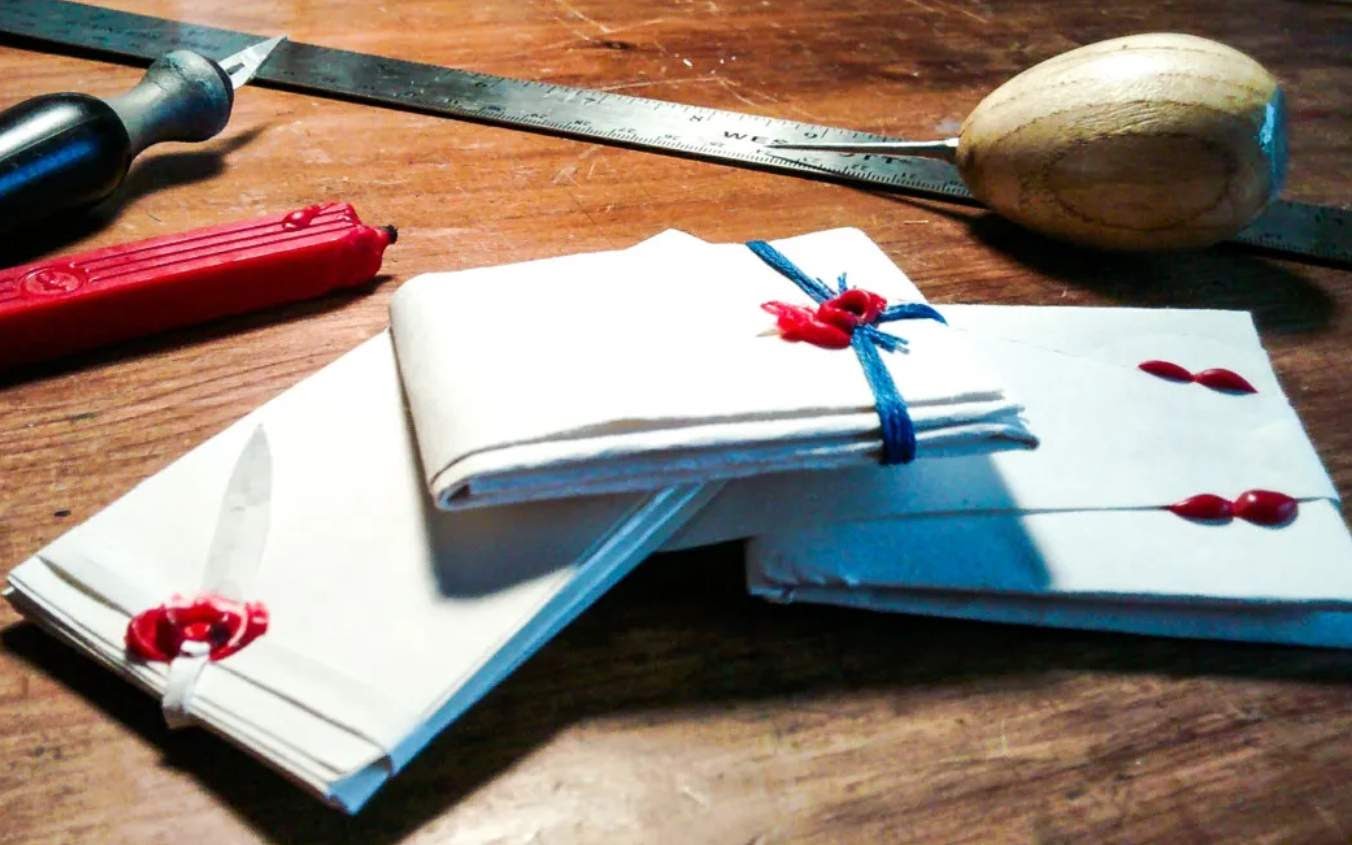
MIT researchers are working with colleagues at King’s College London, the University of Glasgow, and the British Library to uncover more secrets.
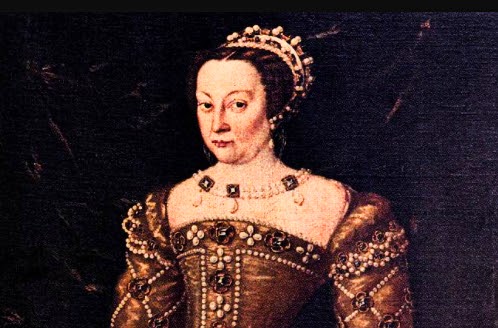
Italian noblewoman Catherine de’ Medici, Queen Consort of France, used the methods in 1570.
One of Catherine’s ‘unlocked’ letters was written to Raimond de Beccarie, a French soldier, politician, and diplomat.
The paper seal over the lock reveals Catherine’s coat of arms.
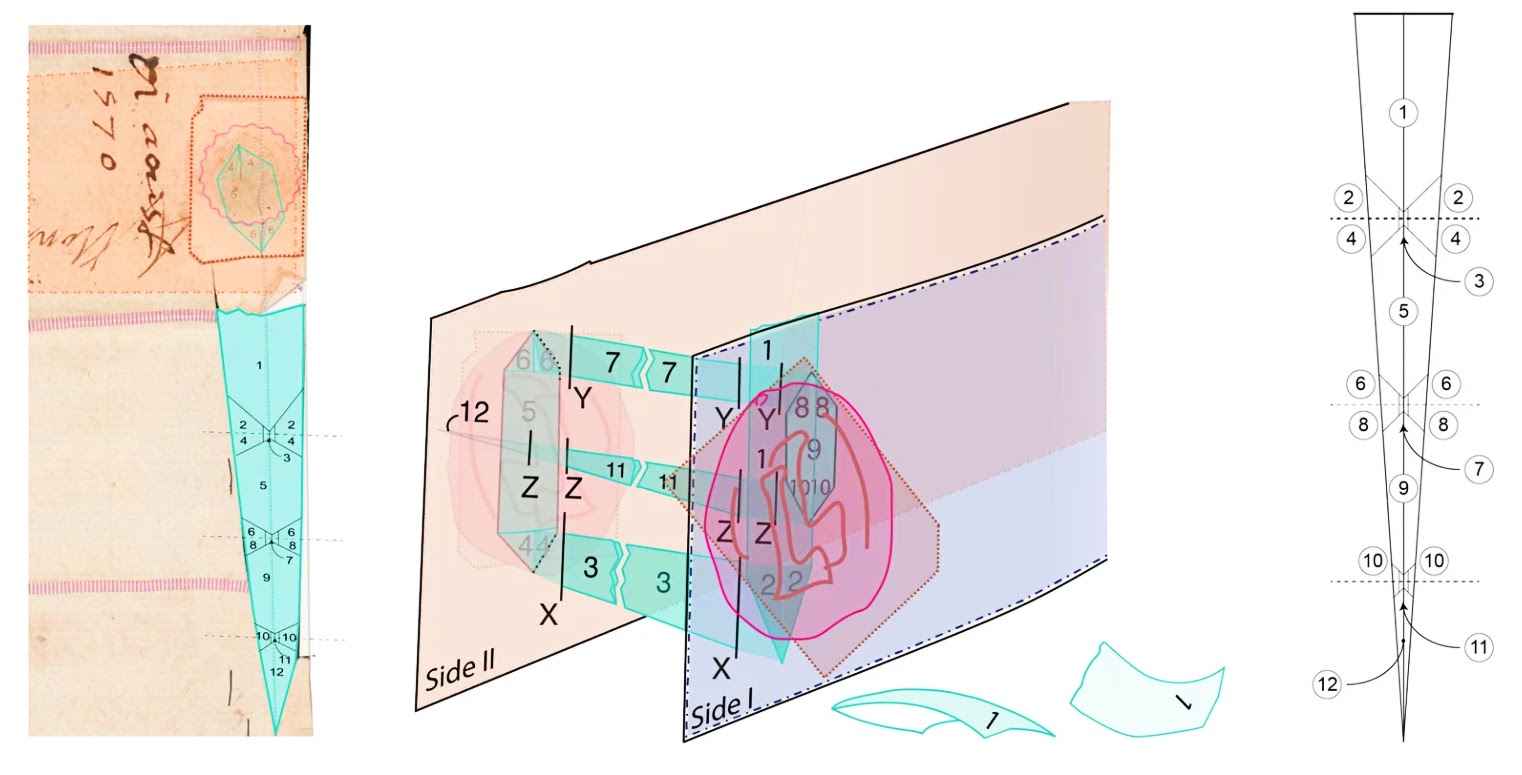
Researchers have reproduced de’ Medici’s 1570 letter (above, left) with a visual overlay to show its letterlocking manipulations. The center image is a reconstruction of the lock as it would be broken by its recipient. On the right, researchers detailed the folded sections of the intact lock.
"When we understand things like slips and locks and folds in a more sophisticated way, we can really start telling a very different kind of story about the early modern period,” said Daniel Smith, a senior lecturer at King's College London. "Even figures like Queen Elizabeth I, Mary, Queen of Scots, whose lives have been pulled over very extensively."
Queen Elizabeth I
Researchers have also uncovered a letter written in 1573 by Queen Elizabeth I, the ruler of England and Ireland until her death in 1603, showing just how popular letterlocking was among royals.
The Queen used a holograph spiral-locked letter method in her correspondence with King Henry III. She wrote to express her surprise at Henry’s suggestion of a possible marriage between the Queen and the King’s younger brother, François.
It would have taken the Queen hours to secure her letter using the technique, thought to illustrate the missing link between ancient communications security and today’s electronic cryptography.
The practice wasn’t just used by royals. Politicians, ambassadors, and a correspondent of Sir Francis Walsingham - Elizabeth’s spymaster - are also believed to have used letterlocking. Kings and noblemen are also likely to have used the method but researchers are still in the fact-gathering stage. It may take years for them to develop a clear picture of the methods they used.
Ordinary citizens adopted the technique as well. Researchers found a letter dated July 31, 1697 which contains a request from Jacques Sennacques to his cousin Pierre Le Pers asking for a certified copy of a death notice of a man named Daniel Le Pers.
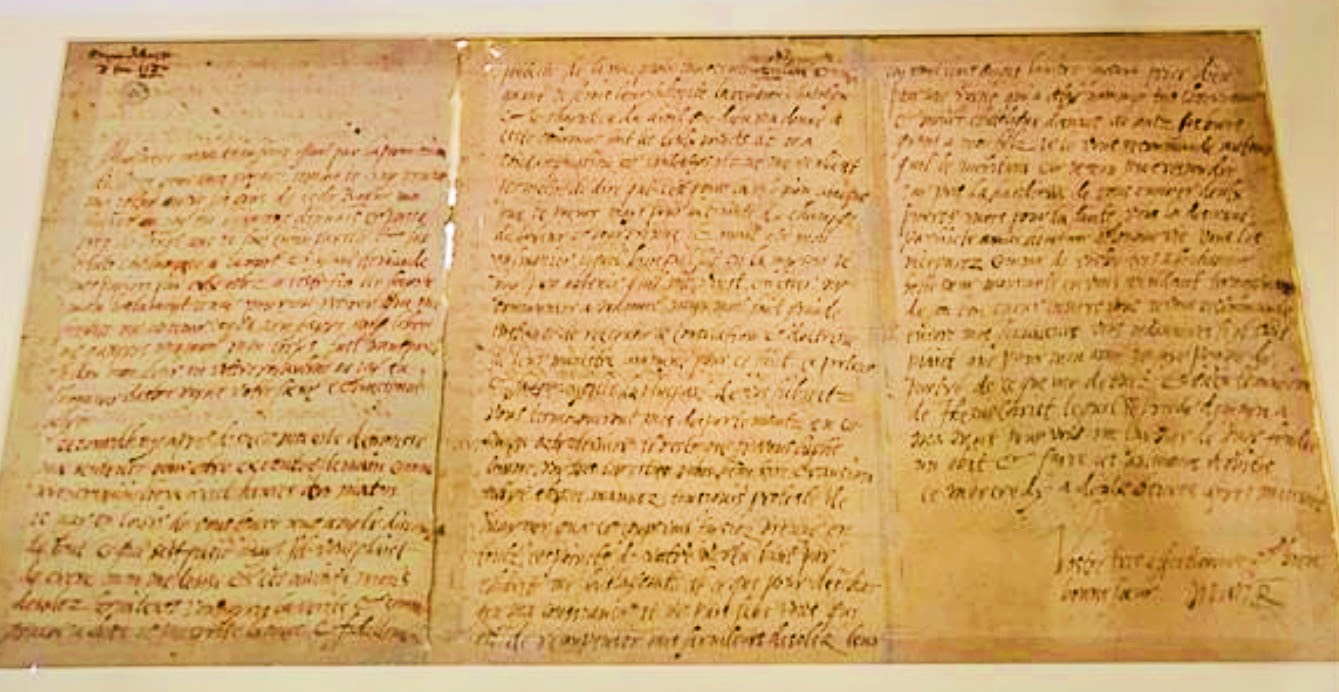
Letterlocking resurgence
Letterlocking began to fade with the emergence of mass-produced envelopes and improved postal systems in the 1830s but there’s been a revived interest in the intricate art since MIT’s technological breakthrough.
The British Library has an exhibit devoted to letterlocking and has distributed instructions on how letterlocking can be practiced at home. There’s even a YouTube channel now devoted to the practice.
SPYSCAPE+

Join now to get True Spies episodes early and ad-free every week, plus subscriber-only Debriefs and Q&As to bring you closer to your favorite spies and stories from the show. You’ll also get our exclusive series The Razumov Files and The Great James Bond Car Robbery!


Gadgets & Gifts
Explore a world of secrets together. Navigate through interactive exhibits and missions to discover your spy roles.
Your Spy Skills
We all have valuable spy skills - your mission is to discover yours. See if you have what it takes to be a secret agent, with our authentic spy skills evaluation* developed by a former Head of Training at British Intelligence. It's FREE so share & compare with friends now!
* Find more information about the scientific methods behind the evaluation here.


Stay Connected
Follow us for the latest
TIKTOK
INSTAGRAM
X
FACEBOOK
YOUTUBE